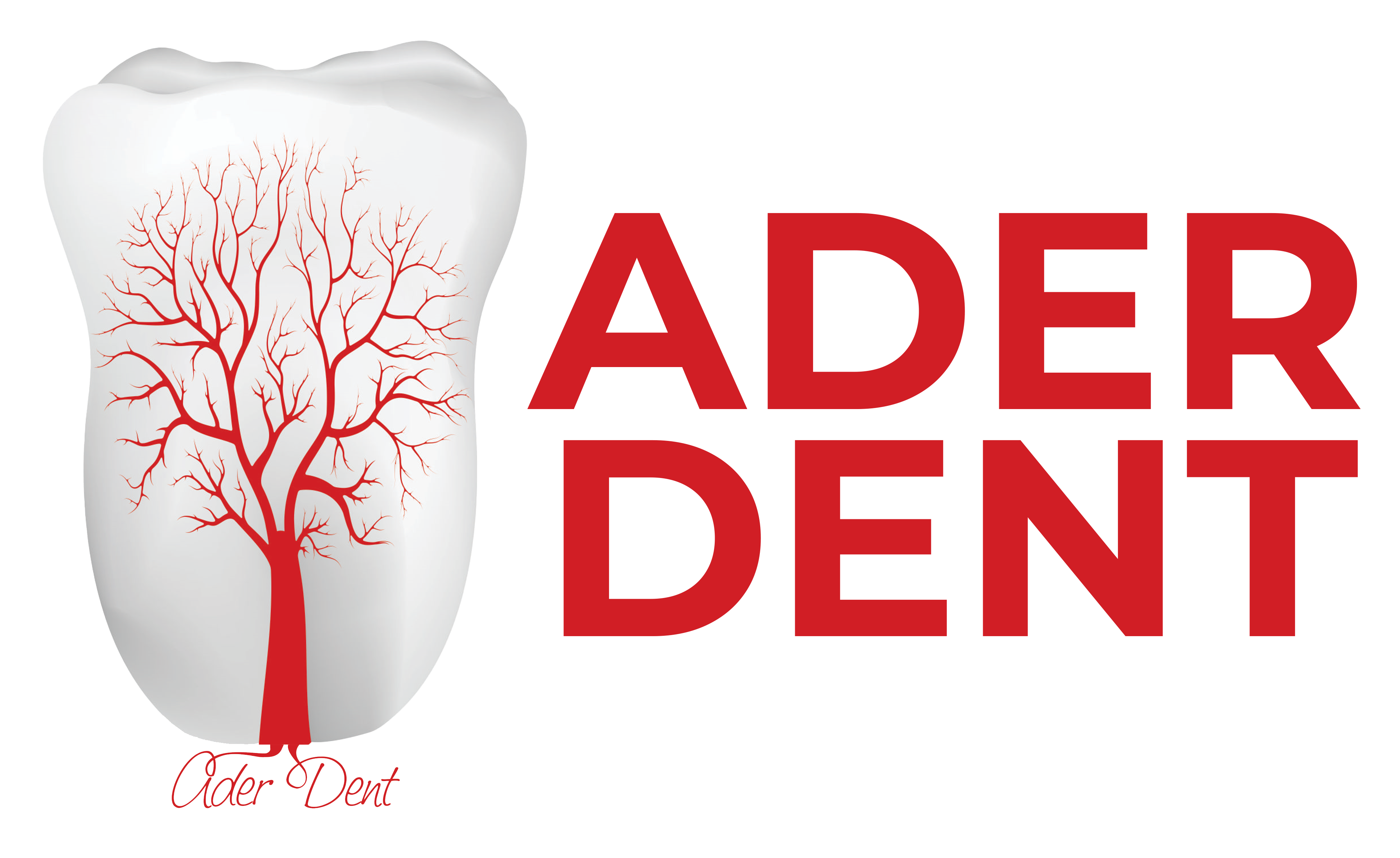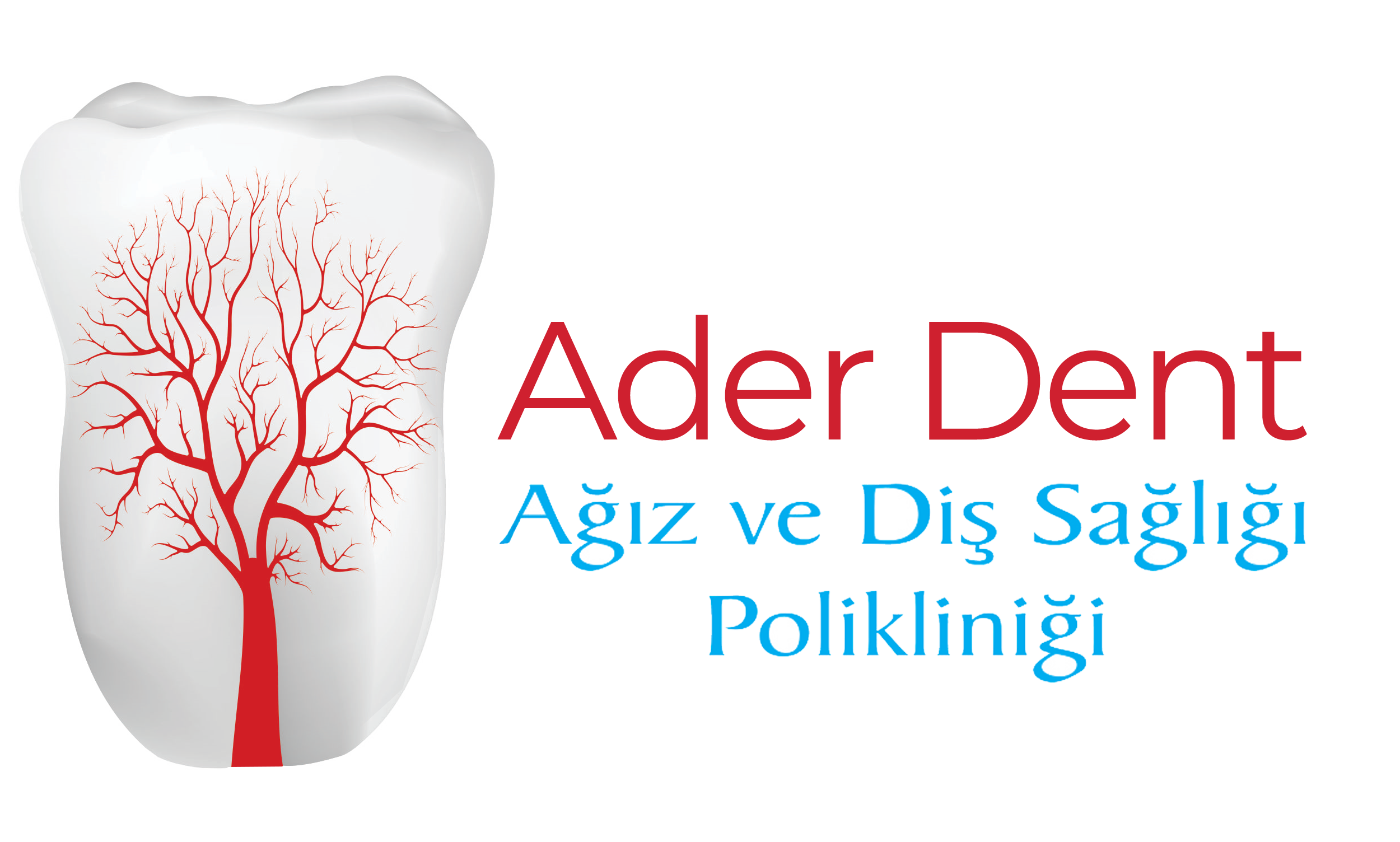Inlay and onlay fillings are restorative procedures used to repair extensive tooth structure loss. These fillings offer both aesthetic and functional solutions by restoring the tooth’s natural form. They are commonly preferred for teeth that have undergone endodontic (root canal) treatment or are severely decayed. Inlays and onlays are ideal when the tooth is not damaged enough to require a full crown.
What Is the Difference Between Inlay and Onlay Fillings?
Inlays and onlays are restorative treatments chosen based on the extent of tooth structure loss. An inlay is used for smaller structural damage, especially on the chewing surface within the tooth. An onlay, on the other hand, covers both the chewing surface and one or more of the tooth’s sides. They are ideal in cases where the tooth does not require a full crown but is too damaged for a traditional filling.
Materials Used in Inlay and Onlay Fillings
Inlays and onlays are made from ceramic, porcelain, or fiber-reinforced composite materials. The material is selected based on the tooth’s location, the patient’s chewing habits, and aesthetic expectations. Ceramic and porcelain inlays/onlays are highly aesthetic due to their resemblance to natural tooth color. Fiber-reinforced composites offer added durability and flexibility, making them advantageous in cases of major tooth loss.
The Inlay and Onlay Filling Procedure
Inlay and onlay treatment involves several stages:
- Tooth Preparation: The decayed or damaged part of the tooth is cleaned. The dentist shapes and prepares the tooth for restoration.
- Impression Taking: An impression of the tooth is taken to fabricate the inlay or onlay. This can be done using two methods:
- Traditional Impression: A conventional method using putty-like impression material.
- Digital Impression (CAD/CAM Technology): A modern method using digital scanning devices for faster, more accurate, and more comfortable results.
- Fabrication: Based on the impression, the inlay or onlay is prepared in a dental lab or using CAD/CAM equipment.
- Bonding: The final restoration is bonded to the tooth using a special dental adhesive. Cleanliness and dryness of the tooth are crucial at this stage.
Advantages of Inlay and Onlay Fillings
- Inlays and onlays are more durable than traditional fillings and provide greater strength to the tooth.
- Ceramic and porcelain materials deliver excellent aesthetic results due to their resemblance to natural teeth.
- They restore the tooth’s function and chewing ability effectively.
- Inlays and onlays strengthen the tooth and help prevent fractures.
Benefits of Inlay and Onlay Treatment
Inlay and onlay fillings stand out for the aesthetic and functional benefits they provide. These restorations help preserve the natural tooth structure, offer long-term durability, and reduce the need for future fillings. Widely used in modern dentistry, this treatment method combines advanced technology to deliver excellent outcomes for patients.


 TR
TR




